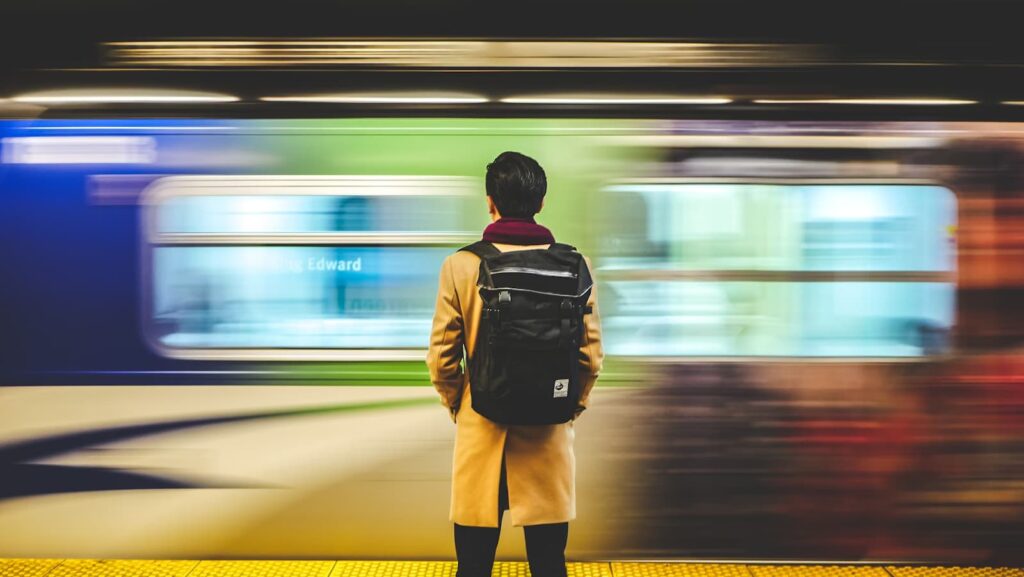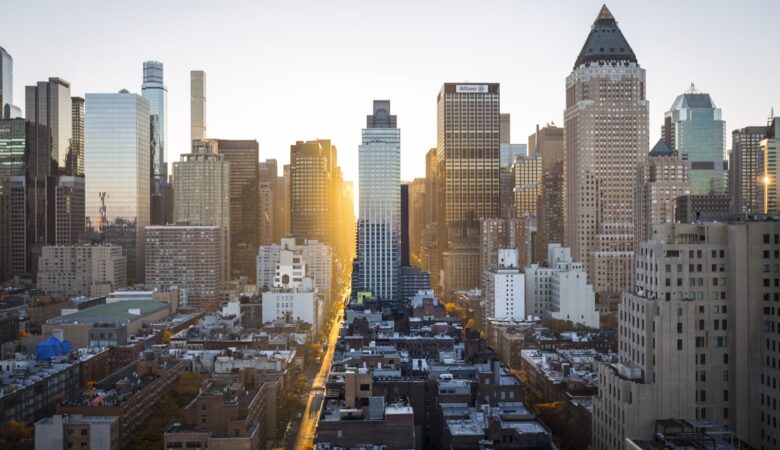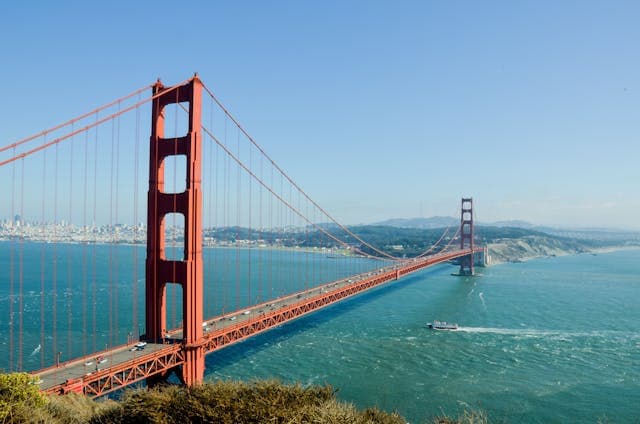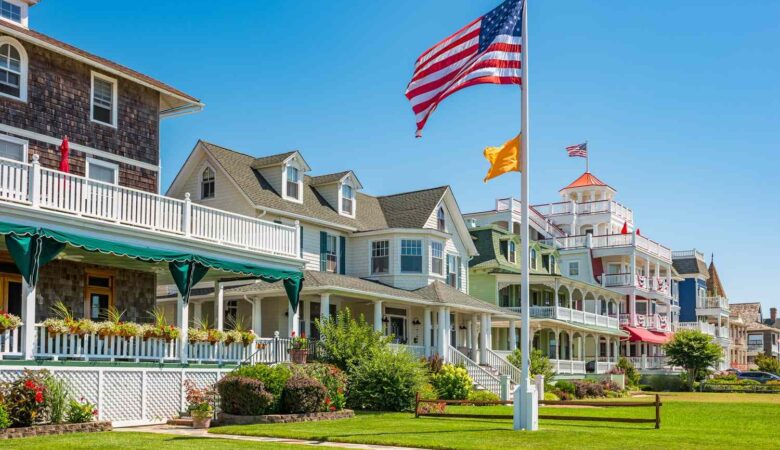Navigating through bustling city streets in America can be challenging, but many urban areas offer an efficient solution: subway systems. These transit networks facilitate daily commutes and serve as vital arteries in the urban landscape, pumping life into the cities’ economic and social veins. This article provides a comprehensive overview of the major US cities that have developed subway systems, offering residents and visitors a reliable mode of urban transportation.
New York City: The Pioneer
The New York City Subway is one of the oldest and most extensive public transportation systems worldwide. With 472 stations and over 245 miles (ca. 394 km) of routes, it operates 24/7 and moves millions of passengers each week. The system’s sheer size and complexity make it a critical component of daily life in the Big Apple, handling transit within the city and extending to some neighboring areas.
Its extensive network connects diverse neighborhoods, fostering accessibility and reducing the need for private vehicle use. The subway system also supports the city’s economy by enabling a vast workforce to commute efficiently. Moreover, periodic expansions and upgrades help maintain its reliability and safety for all users.
Boston: Where History Meets Modern Transit
The Boston MBTA, known as the ‘T’, is America’s first subway. Opened in 1897, this system has grown to include four lines that traverse key parts of the city and beyond. The T is integral to Boston’s historical charm, juxtaposing old-world sites and modern efficiency. This blend of history and modernity attracts tourists and serves local commuters’ daily needs. The ‘T’ is key in reducing road congestion and promoting sustainable urban transport.
Recent renovations and expansions have aimed to modernize the aging infrastructure while improving service reliability. It connects major educational institutions, helping to facilitate the transit of students and faculty across the city. Additionally, special events and holiday schedules are designed to accommodate the increased ridership during Boston’s numerous festivals and public gatherings.
Chicago: The Windy City’s Elevated and Underground Rails
Chicago’s ‘L’ (short for “elevated”) system is iconic, with portions that wind above the city streets and others that dive below. This network facilitates the commute for thousands daily, connecting the city center to outlying neighborhoods and even reaching suburban areas. The L is particularly noted for its role in connecting the city’s diverse neighborhoods, making it a backbone of Chicago’s public transit. The ‘L’ also serves as a cultural icon, featured in numerous films and television shows that capture Chicago’s urban vibe.
Its integration with other forms of transport, like buses and commuter rails, provides a seamless travel experience for users. The system’s frequent services during peak hours effectively cater to commuters’ high demand. Additionally, it has been instrumental in spurring development in areas adjacent to its stations, contributing to urban renewal and economic growth.
Washington, D.C.: A Model of Modern Public Transit
The Washington Metro serves the capital and extends into suburban Virginia and Maryland. Launched in 1976, it is known for its clean, efficient service and has become a critical part of the daily commute for government workers and tourists alike. The system’s design reflects architectural elegance, often noted in travel guides as much for its aesthetic appeal as for its functionality.
The Metro’s stations, with their distinctive brutalism architecture, are not just transit hubs but landmarks in their own right, admired for their spacious, illuminated interiors. Accessibility is a priority, with facilities designed to accommodate all passengers, including those with disabilities. Safety measures and modern technology integrate seamlessly to enhance passenger experience and streamline operations.
San Francisco: The Bay Area Rapid Transit
San Francisco’s BART system extends well beyond the city, reaching four counties and connecting major hubs like Oakland and Berkeley. BART is essential for managing the Bay Area’s extensive commuter traffic and is pivotal in the region’s transit-oriented development strategy. The system’s expansion initiatives aim to increase connectivity between residential areas and economic centers, enhancing accessibility for a growing population.
BART’s commitment to sustainability is evident in its efforts to integrate energy-efficient practices and technologies. Additionally, the network supports a robust bike-friendly policy, accommodating cyclists with designated train car spaces and secure bike parking at stations. These efforts make BART a critical component in reducing the environmental impact of transportation in one of the nation’s most traffic-congested regions.
Los Angeles: Expanding Underground Network
While Los Angeles is often synonymous with car culture, its Metro Rail system has expanded rapidly. The system includes subway and light rail lines covering significant parts of the Greater Los Angeles area. As the city works to combat traffic congestion and reduce emissions, the Metro Rail offers a more sustainable alternative for commuters.
The expansion plans for the Metro Rail aim to enhance connections to key destinations like airports, universities, and cultural landmarks, further integrating the city’s diverse neighborhoods. This development is supported by substantial investments in public transit infrastructure, promising a future where public transport is as convenient as driving.
Philadelphia: The SEPTA Network
Philadelphia’s SEPTA includes both subway and elevated lines, connecting the city center to the far-flung suburbs. As one of the oldest transit systems in the U.S., SEPTA has played a crucial role in the city’s growth and development, facilitating easy movement across the city and its surroundings. SEPTA’s strategic planning includes regular updates and maintenance to ensure the reliability and efficiency of its service. This comprehensive network also connects with regional rail services, enhancing the overall transit system and providing a vital link for commuters traveling from neighboring cities.
Atlanta: MARTA’s Role in the Peach State
Atlanta’s MARTA system provides both subway and bus services, which is crucial for managing the metropolitan area’s growth. Despite being relatively younger than other major systems, MARTA has become an essential part of Atlanta’s strategy to enhance its appeal as a major urban and business hub.
MARTA’s expansion projects are geared towards connecting more neighborhoods and improving access to commercial districts, thereby stimulating economic development. The system has also implemented advanced technology solutions, such as real-time tracking and mobile ticketing, to enhance user convenience and efficiency.

Conclusion
Subway systems in the United States are more than just transportation networks; they are integral to the urban experience, supporting city life, reducing traffic congestion, and promoting environmentally friendly commuting options. Each system, with its unique history and challenges, plays a pivotal role in the cities they serve.
As urban populations continue to grow, the importance of efficient, reliable subway systems becomes ever more apparent, making them key to the sustainable development of these metropolitan areas. Whether for work, education, or tourism, the subway provides a vital link in the daily lives of millions of Americans.









